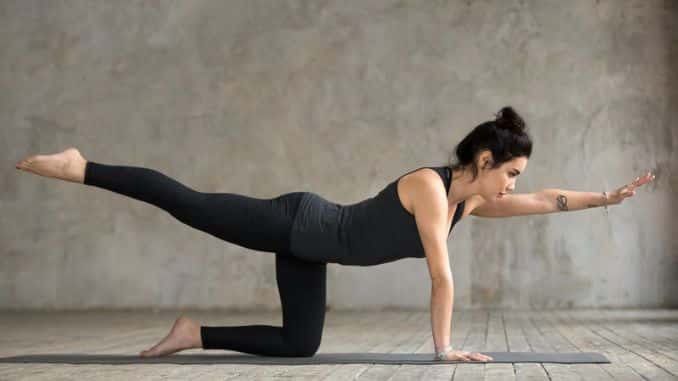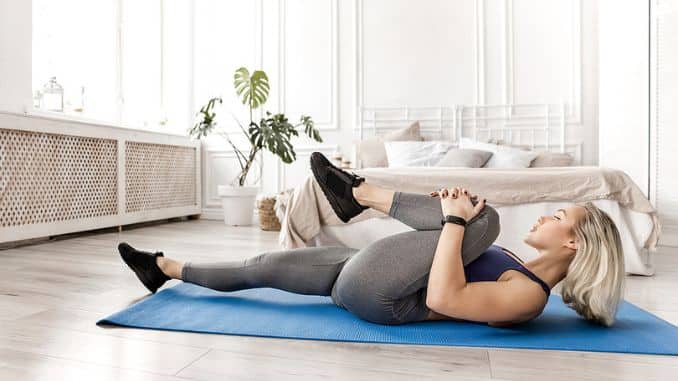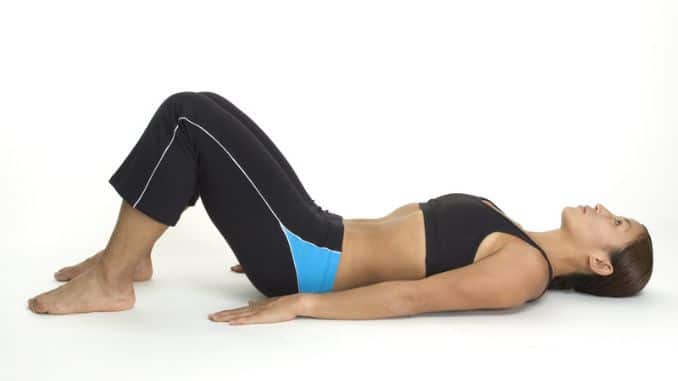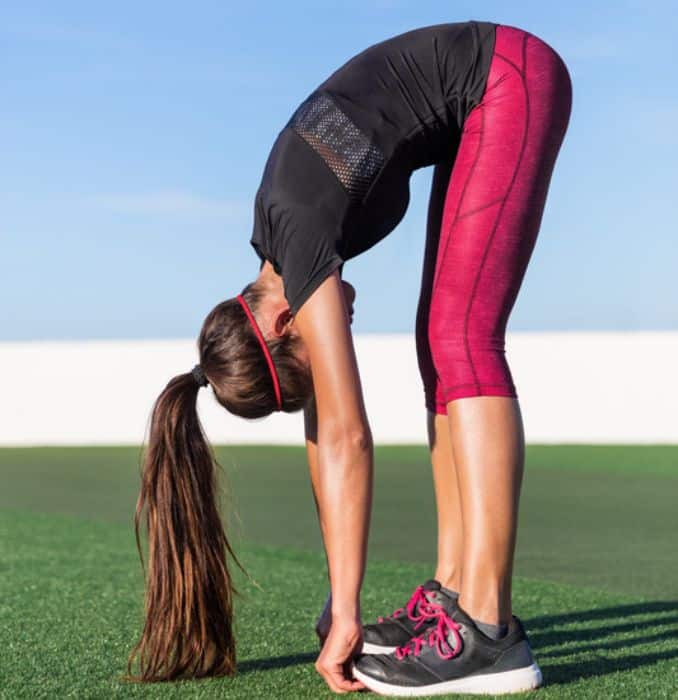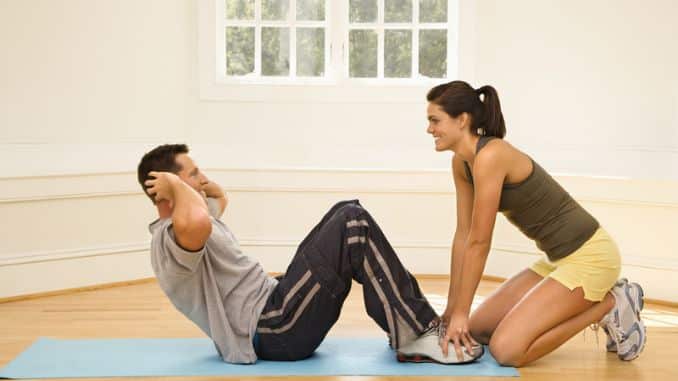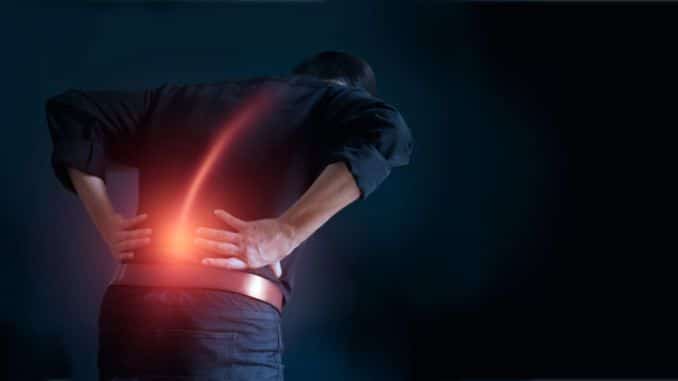
Back surgery is usually the last resort when treating back pain or injuries. Before getting back surgery, all the nonsurgical treatments must have been tried and exhausted first, but unfortunately, there is no progress, thus, making surgery the last option to take. Though many treatment options can be done to help ease and relieve back pain, here are some of the non-surgical treatments.
INVERSION THERAPY
One example of the many ways in which stretching the spine (spinal traction) has been used in an attempt to relieve back pain. Rocking on an inversion table is also effective for treating bulging discs. This movement reduces pressure on the vertebrae and discs through spinal decompression. The inversion table places your body at angles with the head downwards so that gravity elongates the spine instead of compressing it, creating spinal decompression. By pulling the vertebrae away from each other, the disks have adequate room for their contents. A bulging disk is like a jelly doughnut mushed between your palms. The vertebrae trap it and push to force the liquid out when the space between the vertebrae is too narrow.
SPINAL DECOMPRESSION
An reduce sciatica pain because it lessens the pressure on the sciatic nerve, the largest nerve in the body. The sciatic nerve runs along each side of the lumbar spine and down the back of the leg. However, a doctor’s recommendation is still required before doing this method.
Non Surgical spinal decompression is used in an attempt to treat:
- Back or neck pain or sciatica, which is pain, weakness, or tingling that extends down the leg
- Bulging or herniated disks or degenerative disk disease
- Worn spinal joints (called posterior facet syndrome)
- Injured or diseased spinal nerve roots
Meanwhile, these are the exercises you should and should not do:
TRY THE FOLLOWING:
PARTIAL CRUNCHES
Help strengthen your back and stomach muscles. Lie with knees bent and feet flat on the floor. Cross your arms over your chest or put your hands behind your neck. Tighten your stomach muscles and raise your shoulders off the floor. Breathe out as you raise your shoulders. Don’t lead with your elbows or use your arms to pull your neck off the floor. Hold for a second, then slowly lower back down. Repeat 8 to 12 times. Proper form prevents excessive stress on your low back. Your feet, tailbone, and lower back should always remain in contact with the mat.
HAMSTRING STRETCHES
Lie on your back and bend one knee. Loop a towel under the ball of your foot. Straighten your knee and slowly pull back on the towel. You should feel a gentle stretch down the back of your leg. Hold for at least 15 to 30 seconds. Do 2 to 4 times for each leg.
WALL SITS
Stand 10 to 12 inches from the wall, then lean back until your back is flat against the wall. Slowly slide down until your knees are slightly bent, pressing your lower back into the wall. Hold for a count of 10, then carefully slide back up the wall. Repeat 8 to 12 times.
PRESS BACK-UP EXTENSIONS
Lie on your stomach with your hands under your shoulders. Push with your hands, so your shoulders lift off the floor. If it’s comfortable for you, put your elbows on the floor directly under your shoulders and hold this position for several seconds.
BIRD DOG 
Start on your hands and knees, and tighten your stomach muscles. Lift and extend one leg behind you. Keep hips level. Hold for 5 seconds, and then switch to the other leg. Repeat 8 to 12 times for each leg, and try to lengthen the time you hold each lift. Try lifting and extending your opposite arm for each repetition. This exercise is a great way to learn how to stabilize the low back while moving the arms and legs. While doing this exercise, don’t let the lower back muscles sag. Only raise the limbs to heights where the low back position can be maintained.
KNEE TO CHEST
Lie on your back with your knees bent and feet flat on the floor. Bring one knee to your chest, keeping the other foot flat on the floor. Keep your lower back pressed to the floor, and hold for 15 to 30 seconds. Then lower your knee and repeat with the other leg. Do this 2 to 4 times for each leg.
PELVIC TILTS
Lie on your back with your knees bent and feet flat on the floor. Tighten your stomach by contracting it like you are preparing for a punch. You’ll feel your back pressing into the floor, and your hips and pelvis are rocking back. Hold for 10 seconds while breathing in and out smoothly. Repeat 8 to 12 times.
AVOID THE FOLLOWING:
TOE TOUCHES
Standing toe touches, for example, put greater stress on the disks and ligaments in your spine. They can also overstretch lower back muscles and hamstrings.
SIT-UPS
Sit-ups may also put a lot of pressure on the discs in your spine.
LEG LIFTS
Leg lifts are sometimes suggested to “strengthen your core” or abdominal muscles. Exercising to restore strength to your lower back can be very helpful in relieving pain, yet lifting both legs together while lying on your back is very demanding on your core. If weak, this exercise can make back pain worse.
TAKEAWAY
The recovery period of back surgery is a matter of both time and effort. Exercising is an important part of regaining strength and flexibility. But before getting back to exercising, it’s best to meet with a specialist and build a workout plan customized to your needs. Medical professionals often recommend lighter workouts less likely to cause additional injuries. Low-impact workouts that help strengthen the core (the body’s torso) and stretch the hamstrings may also be helpful.
Patience is needed, and it takes time for the body to heal. Still, you can facilitate the process by being in shape before surgery, staying active following surgery, adhering to your activity precautions, and working with a physical therapist throughout.





